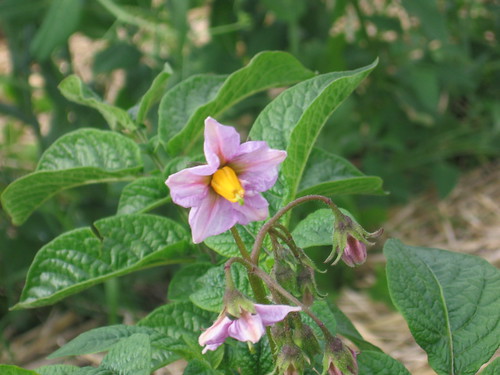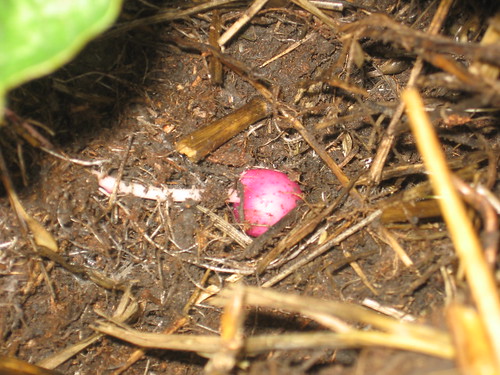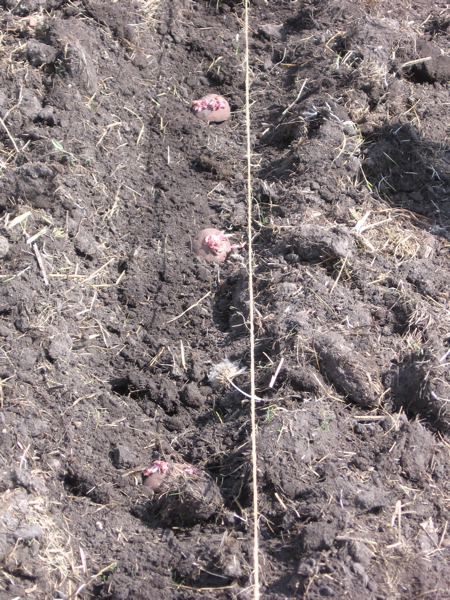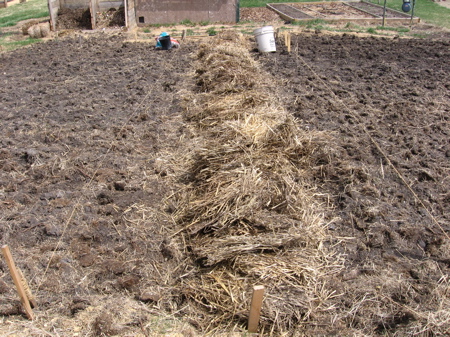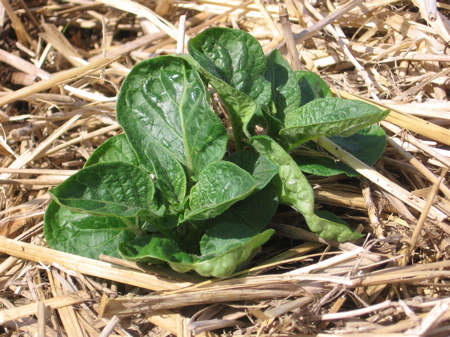I must say, this has been probably the worst gardening year I’ve ever experienced. The weather has been very unfriendly to gardeners in Alberta. And yet, there is always a silver lining. All is not lost. Gardening in Alberta means making the best of your situation – whatever that may be. So here’s how I made the best of my garden this year.
One major project was to bring in a whole pile of mulch. (And I do mean that very literally.)
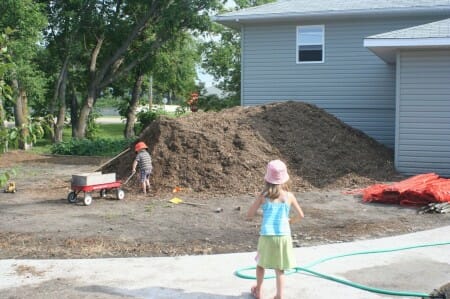 My father-in-law brought out a whole grain truck full of mulch that we applied liberally to our planting beds, in our greenhouse, and around our trees. It was a lot of shoveling, but I’m convinced that all that mulch will be worth it.
My father-in-law brought out a whole grain truck full of mulch that we applied liberally to our planting beds, in our greenhouse, and around our trees. It was a lot of shoveling, but I’m convinced that all that mulch will be worth it.
I also added a few plants to my landscape – plum trees, chum trees, cherry trees, kiwis, and grapes. Here’s some of the grapes.
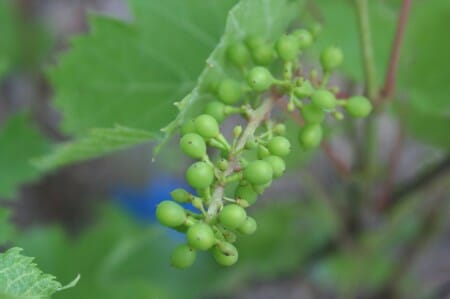 Although many things in my garden didn’t do so well, the tomatoes prospered (even though they were a bit late.)
Although many things in my garden didn’t do so well, the tomatoes prospered (even though they were a bit late.)
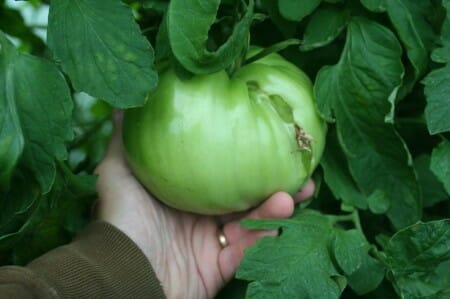
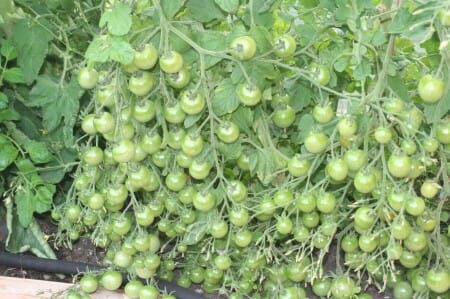 So that’s a quick update on my garden this summer. I’ve got a couple of other things brewing, but I’ll tell you about those later!
So that’s a quick update on my garden this summer. I’ve got a couple of other things brewing, but I’ll tell you about those later!
